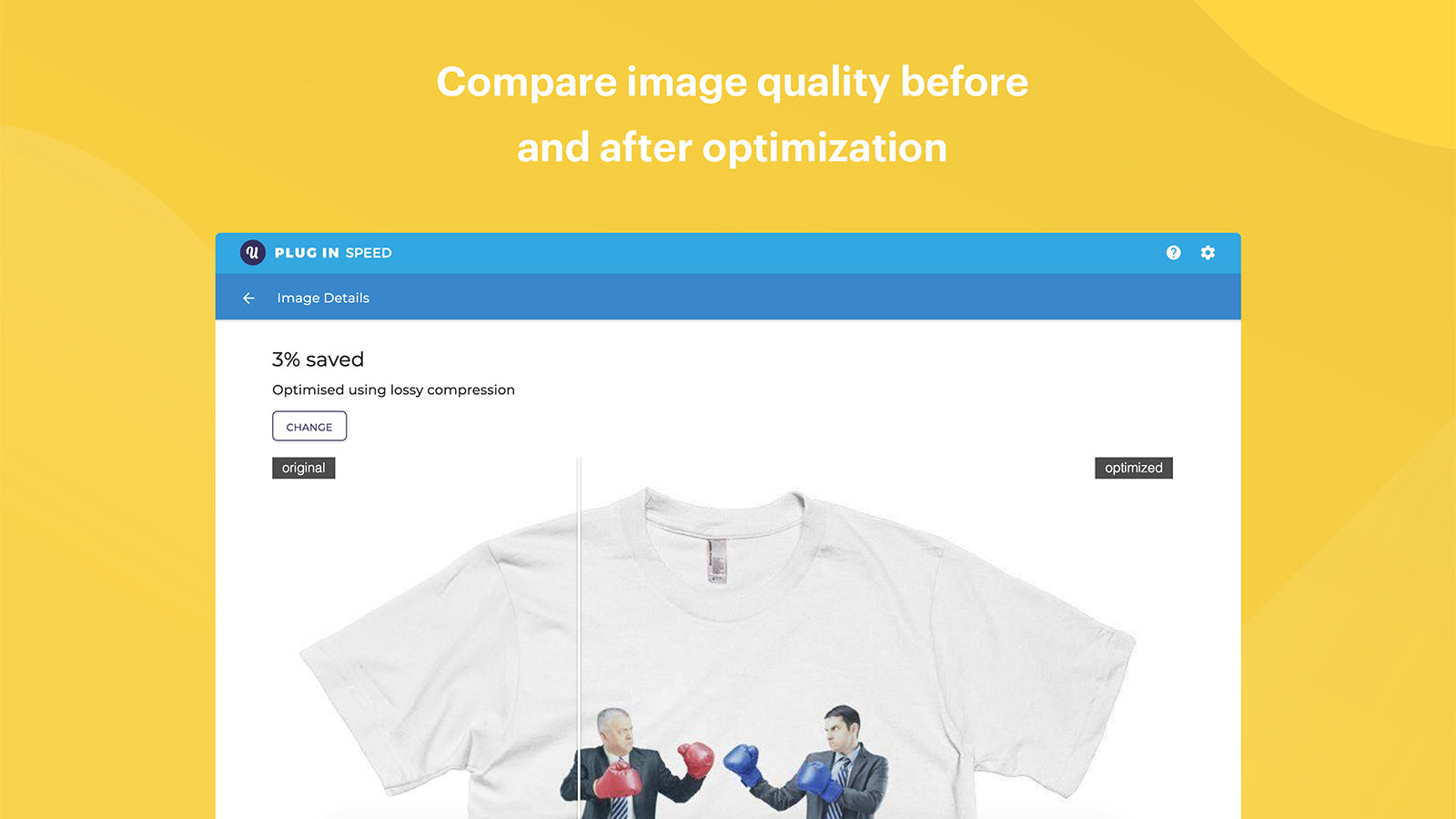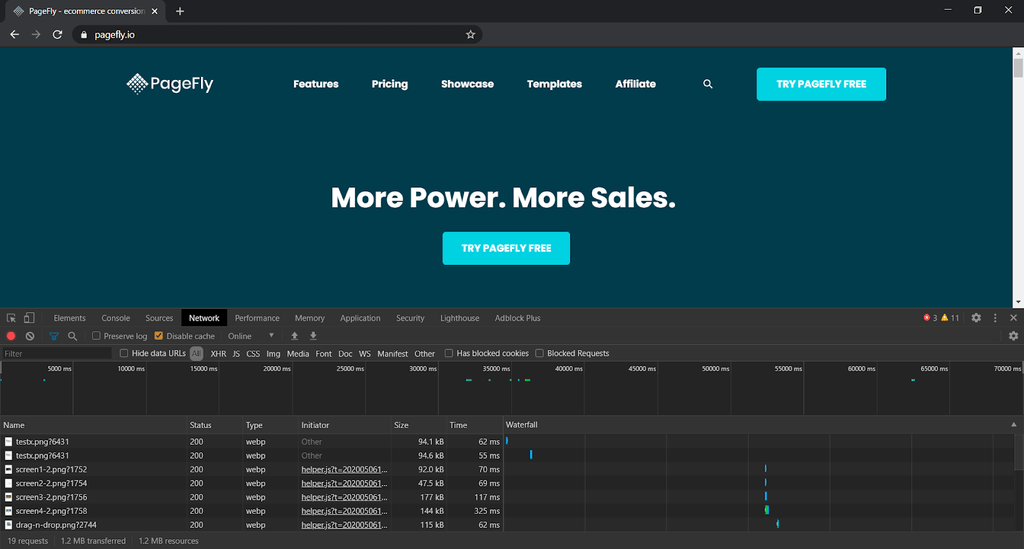


You could finally consider a build process that consistently orders properties within declarations. That being said, there is no real downside. Minification could not bring significant advantages you enabled a GZIP. Nonetheless, a lot of websites would likely benefit from sending a single file cached right away by a browser. In some instances, it could be beneficial to have separate files if you have regularly-changing, smaller CSS assets. With HTTP/2, concatenation is less important. Many build tools enable combining all partials to one big CSS file, with unnecessary whitespace, characters, and comments removed. Numerous tags in an HTML would load in parallel CSS files, that’s significantly more efficient, particularly when you use HTTP/2: The rules could be nested so a browser could parse and load every file in series.

This seems a reasonable way of loading smaller fonts and components, but it’s not. * main.css url ( "base.css" url ( "layout.css" url ( "carousel.css" ) Refrain Using rule allows a CSS file to be included with another file. Custom web fonts are used by majority of websites, that’s why standard OS fonts are more than ever not so common.Ġ2.
Shopify minify js code#
A line or two of code however could retrieve hundreds of font data kilobytes. Google Fonts and such services make adding custom fonts to any page easy.

It’s not all the time necessary to utilize background images for shadows, borders, gradients, rounded edges and several geometric shapes.ĭefining image with CSS code significantly uses lesser bandwidth and easier to animate or modify later. Use image tools to minimize file sizes through metadata stripping and boosting compression factors.An entry-level smart device takes on multi-megapixel images, which could be thoroughly showcased on a largest high definition screen. You could find the optimum type by experimenting. The best for photos, SVG, SVC for vector images and others typically is PG. Make sure that you use the right file format.Normally, the biggest cause of page bulk are images, still a lot of sites fail to effectively optimize: GZIP and HTTP/2 compression on a server activation.Simultaneously boosting HTTP connections with content delivery network, or CDN, and replication of files to other locations in the world as well.It however could load assets that are heavy-hitting that within minutes could be optimized. Building Big WinsĬSS is not likely to cause issues in performance. Often, it’s used by developers of Progressive Web Apps, but makes CSS performance suggestions too. Browsers that are chrome-based provide an Audits tab that runs on the Lighthouse tool of Google. Compositing actions in which a page’s painted parts are put together for on-screen showcasing.ģ.Excessive reflow actions/layout where the browser was pressured to recalculate the page elements’ size and position.Begin recording, run activity like page reload and stop recording to see the results. Performance tab analyses browser processes. Normally the browser blocks rendering while JavaScript and CSS files parse and download.Ģ. Find slow downloading files or block others. Disable the cache for best results and take into account throttling to lesser network speed. Network tab displays assets waterfall graphs as they download. The most useful tables include the following:ġ. All browsers provide the same facilities, as well as the tools gradually opening on pages that perform badly. The best place to begin is the Browser DevTools.įrom the menu, hit or launch F12, Ctrl + Shift + or for Safari on MacOS, Cmd + Alt + I. Performance issues could not be addressed unless you know where faults lie. CSS, or the Cascading Style Sheets is a style sheet language that describes the presentation of a document, which is written in a markup language such as HTML. There are many ways for faster website loading, which makes it more efficient and easier to work with. While HTML is utilized for web document structuring, defining things such as paragraphs, headlines and enabling video, images, and other media embedding, CSS comes through and specifies the style of the document-colors, fonts, page layouts, all are determined with CSS.


 0 kommentar(er)
0 kommentar(er)
